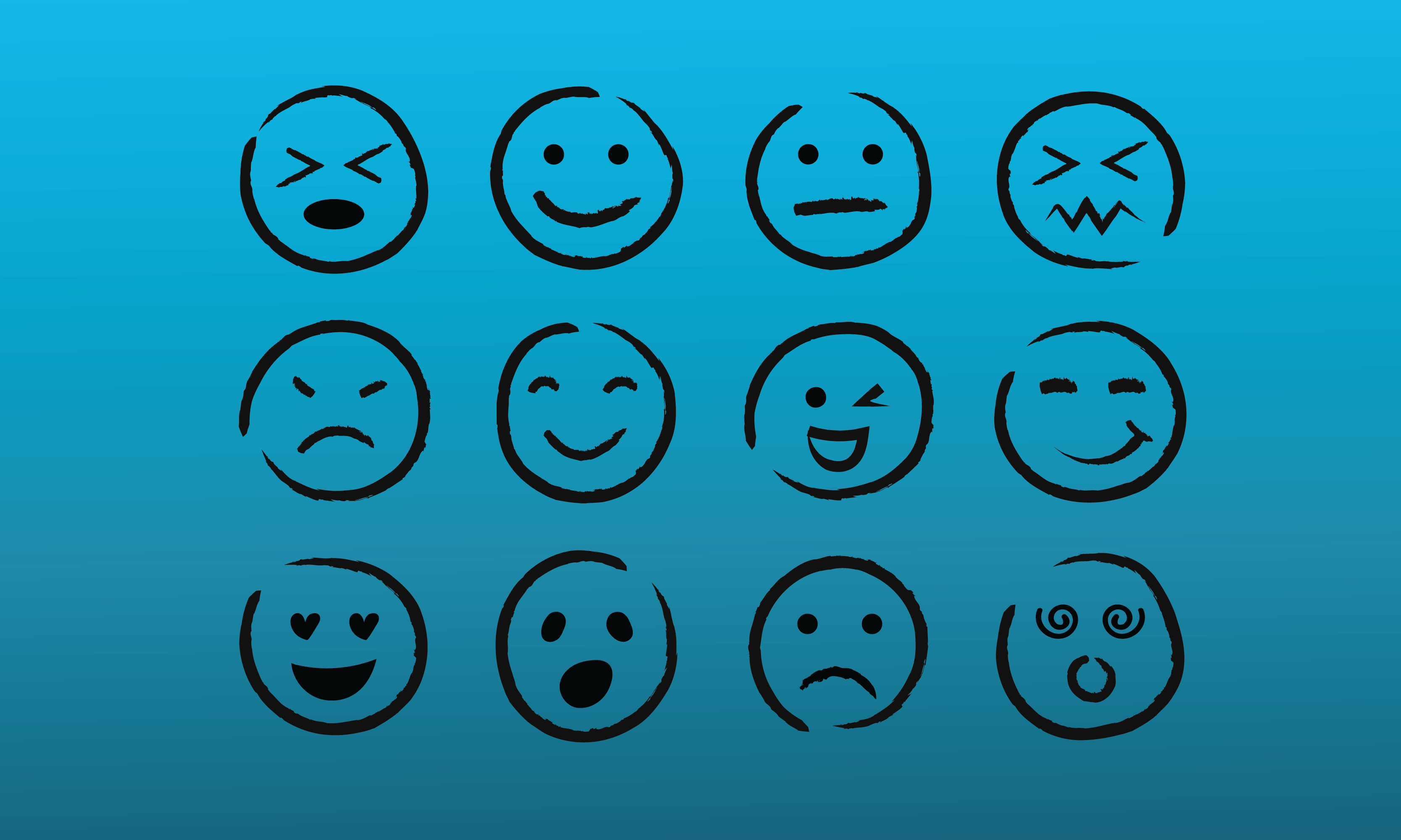Emoji, we salute you 🫡
I remember going to a conference session about a decade ago when people were still on the fence about emoji and the presenter said that they were the most important form of visual communication since hieroglyphics.
It’s hard to argue otherwise. I’ve been a huge fan since I noticed that adding a smiley to my emails made a huge difference to the way that people received and understood them. It’s a way of communication at a distance; how would we navigate group chats and social networks without them? 😅

Valeria Pfeifer is a cognitive scientist at the University of Arizona. She is one of a small group of researchers who has studied how emojis affect our thinking. She tells me that my newfound joy makes sense. Emojis “convey this additional complex layer of meaning that words just don’t really seem to get at,” she says. Many a word nerd has fretted that emojis are making us—and our communication—dumber. But Pfeifer and other cognitive scientists and linguists are beginning to explain what makes them special.Source: Your 🧠 On Emoji | NautilusIn a book called The Emoji Code, British cognitive linguist Vyvyan Evans describes emojis as “incontrovertibly the world’s first truly universal communication.” That might seem like a tall claim for an ever-expanding set of symbols whose meanings can be fickle. But language evolves, and these ideograms have become the lingua franca of digital communication.
[…]
Perhaps the first study of how these visual representations activate the brain was presented at a conference in 2006.1 Computer scientist Masahide Yuasa, then at Tokyo Denki University in Japan, and his colleagues wanted to see whether our noggins interpret abstract symbolic representations of faces—emoticons made of punctuation marks—in the same way as photographic images of them. They popped several college students into a brain scanning machine (they used functional magnetic resonance imaging, or fMRI) and showed them realistic images of happy and sad faces, as well as scrambled versions of these pictures. They also showed them happy and sad emoticons, along with short random collections of punctuation.
The photos lit up a brain region associated with faces. The emoticons didn’t. But they did activate a different area thought to be involved in deciding whether something is emotionally negative or positive. The group’s later work, published in 2011, extended this finding, reporting that emoticons at the end of a sentence made verbal and nonverbal areas of the brain respond more enthusiastically to written text.2 “Just as prosody enriches vocal expressions,” the researchers wrote in their earlier paper, the emoticons seemed to be layering on more meaning and impact. The effect is like a shot of meaning-making caffeine—pure emotional charge.